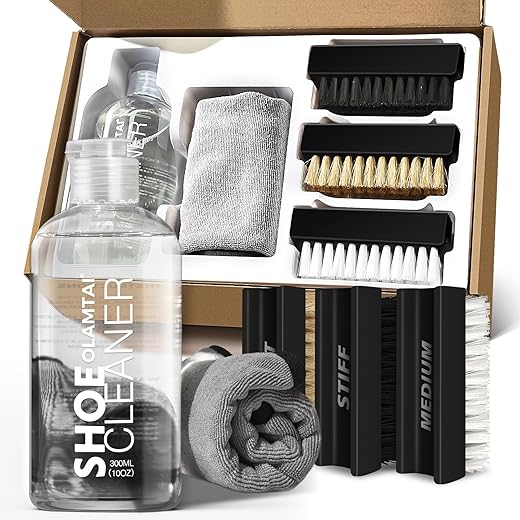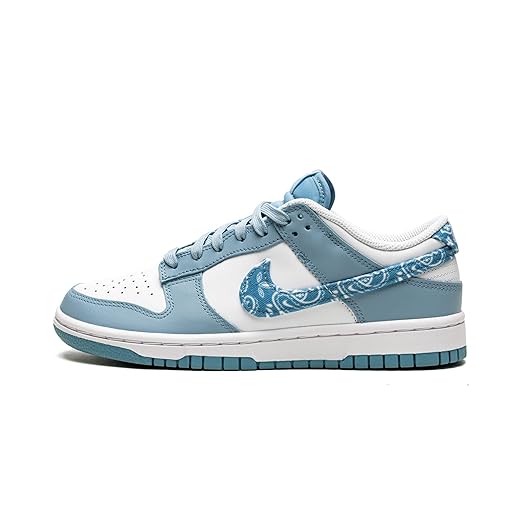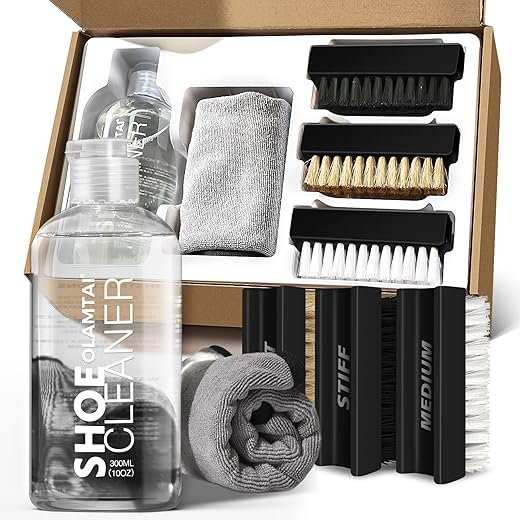Last Call: Why Limited-Edition Drops Matter
Limited-edition sneaker drops are high-stakes cultural events that mix style, status, and money. Collectors, resellers, and casual fans all watch closely for different reasons. Rarity fuels desire. A compelling design story builds emotional value. Limited supply can drive price appreciation over time.
These releases are social moments too. Collaborations, celebrity ties, and hype cycles create conversation and identity. Winning a drop proves timing, knowledge, and luck. Losing one can sting — and teach. Small advantages compound into big wins. Read on and sharpen your edge.
This guide gives tactical, actionable steps to help you win more drops. Expect research methods, tech tips, practical checkout moves, and post-purchase protection. Be ready for the next LAST CALL.




Understand the Drop: Anatomy of a Limited Release
Lifecycle: phases to expect
Drops follow a predictable arc. First, the tease—cryptic images, short videos, or influencer sneak peeks that seed desire. Next comes the official announcement with a release date, price, and platform (app, store, raffle). Then the drop itself: a live sale, raffle deadline, or in-store queue. Finally, fulfillment and any staged restocks. Knowing which phase you’re in helps plan whether to research, set reminders, or deploy checkout tools.
Anecdote: Nike SNKRS often teases a week in advance, then locks the actual buy-window to minutes—so you want alerts and a verified account ready.
Release types and how they play out
Collector terminology (fast primer)
How brands manufacture scarcity
Brands control edition sizes (from thousands for GR to under 1,000 for hyped LEs), split inventory across regions, and use staged restocks to keep momentum. Collaborators and celebrity drops add narrative value that turns products into cultural moments, not just shoes.
Quick checklist: spot legit drops & red flags
Use this checklist before you lock in a bid or hit buy—small checks prevent big headaches.
Scout the Landscape: Research, Hype Metrics, and Value Signals
Where to look: official channels and community feeds
Start with brand-owned sources for concrete facts: product pages, apps, newsletters, and verified social handles. Then layer community intel for context and whispers: sneaker forums (Reddit r/Sneakers), Discord servers, sneaker blogs (Hypebeast, SoleCollector), and resale marketplaces (StockX, GOAT, Grailed). Use forums for timing cues, Discord for early screenshots, and marketplaces for immediate price signals.
Hype metrics that matter (and how to read them)
Example: A Jordan 1 collab with a high-profile artist that shows a steady Google Trends uptick and pre-listings at 3x MSRP is a high-priority target for both collectors and resellers.
Set your personal criteria
Decide before the rush. Use short, concrete rules:
Tools & a short workflow to track multiple drops without burning out
This keeps you focused on the highest-probability wins without chasing every headline or burning fresh energy on low-return plays.
Master the Tech: Apps, Bots, and Checkout Best Practices
Official tools vs. bots: what’s allowed and what isn’t
Retail apps and browser features are your safest, fastest tools: saved profiles, autofill, Apple Pay/Google Pay, and one-tap checkouts are explicitly supported by platforms. Bots dominate some resale scenes because they scale attempts, but many retailers (and marketplaces) ban automated checkouts and will cancel orders or suspend accounts. Use official conveniences first; treat bots as high-risk, specialist tools only for experienced users who accept possible bans and legal/community fallout.
Step-by-step checkout setup (do this before drop day)
- Create and verify accounts: email confirmed, phone verified, 2FA enabled.
- Save payment methods: link Apple Pay/Google Pay for one-tap, add a primary card and a backup (different network).
- Store shipping profiles: full name, phone, address, and make billing address identical to card on file.
- Pre-fill autofill and password managers: use 1Password or LastPass and test autofill in a mock checkout.
- Test a small purchase: confirm payment, shipping, and email receipts work.
Mobile vs. desktop strategies
App-only raffles & exclusive passes
Many launches use app raffles, drops, or invite passes. Enter early (screenshot confirmations), keep app notifications enabled, and whitelist emails/SMS. If an access code is delivered, copy it into a local note rather than relying on a browser tab.
Troubleshooting checklist (fast fixes)
Legal & community considerations
Using bots can alienate communities, get you banned, and violate TOS. If you choose automated tools, research store policies, use reputable providers, and isolate bot activity from your personal accounts. Prioritize long-term reputation over a one-off win.
Next up: tactics that turn technical wins into real-world success — raffles, in-store tricks, and smart resale planning.
Play the Odds: Raffles, In-Store Tactics, and Resale Strategies
Compare the acquisition paths
Raffles — best for high-demand, low-supply drops (think Supreme Box Logo or adidas Yeezy). Low upfront cost, but random.
In-store queues — good when stores release small quantities locally (limited boutiques, Nike SNKRS Stash); higher control if you can be first in line.
Online FCFS — favors speed and tech (mobile one-tap, autofill); ideal for bigger retailers with larger inventory.
Secondary market — buy immediately but pay a premium; useful when you need the item now or missed the drop.
Maximize raffles
In-store queue best practices
Hybrid & local pickup
Choose local pickup to avoid shipping fraud and delays—great for heavy items (jackets, collectibles). For peer sales, meet in public, daytime spots; use instant-payment apps only after verifying identity and funds.
Resale planning & listing best practices
Risk management
Protect Your Win: Authentication, Shipping, and Post-Drop Moves
Lock down provenance immediately
Right after purchase, preserve every proof: order confirmation emails, photographed receipts, box labels, and any in-app confirmations (SNKRS order page, sneaker app screenshots). For high-value collectibles, consider third‑party authentication services: Entrupy for handbags, PSA/Beckett for cards, and reputable sneaker authenticators used by GOAT or StockX. In-person verification (local consignment shops or boutique staff) can be faster for urgent flips. Watch for built-in security like QR codes, tamper-evident holograms, and serialized tags — scan and save those too.
Pack, insure, and ship like a pro
Packaging protects value and reputation. Use:
Always insure declared value: USPS Priority Insured, UPS declared value, or third‑party insure (Shipsurance, U-PIC). Require signature on delivery for anything over a modest value and opt for tracked services. Photograph the item and packaging at each stage to defend against damage or fraud claims.
Document provenance and records
Create a simple provenance packet to include with the sale (or to archive): photos of item, purchase receipt, serial/SKU, authentication certificate, and a short history (drop, raffle, store). For resellers and serious collectors, maintain a spreadsheet or accounting software record with cost basis, fees, shipping, and sale prices — essential for taxes and assessing profit.
Store vs. wear: make the deliberate choice
If preserving resale value, keep items deadstock: original box, tags intact, climate‑controlled storage away from sunlight and humidity. Use shoe trees for leather, silica gel for damp-prone items. If you plan to enjoy the piece, document initial condition with photos and accept reduced resale value; breaking in responsibly (protective sprays, limited first wears) can mitigate immediate damage.
Taxes, insurance, and record-keeping basics
Track every transaction: purchase price, platform fees, shipping, and sale proceeds. Be aware of local tax reporting and 1099-K thresholds for marketplaces. Consider a scheduled personal property rider or floater for high-value collections and get professional appraisals for insurance claims over typical policy limits.
Protect reputation — fast, transparent service
Your community standing converts wins into repeat buyers:
With authentication, shipping, records, and customer care handled, you’re set to move into the final push and keep the edge on future drops.
Final Push: Nail the Drop and Keep the Edge
You now have the playbook: learn the drop’s structure, read demand signals, streamline your tech and checkout flow, pick the acquisition channel that fits your risk/reward, and lock down authenticity and shipping after purchase. Each element compounds—research reduces guesswork, tools speed execution, and safeguards protect value.
Pick one habit to add to your routine for the next drop—set alerts, rehearse checkout steps, or vet a seller—and commit to refining it. Measure outcomes, log lessons, tweak the routine, and continually refine for better results. Stay curious and iterate: small consistent improvements are how you win more drops and keep the edge.

Leave a Reply